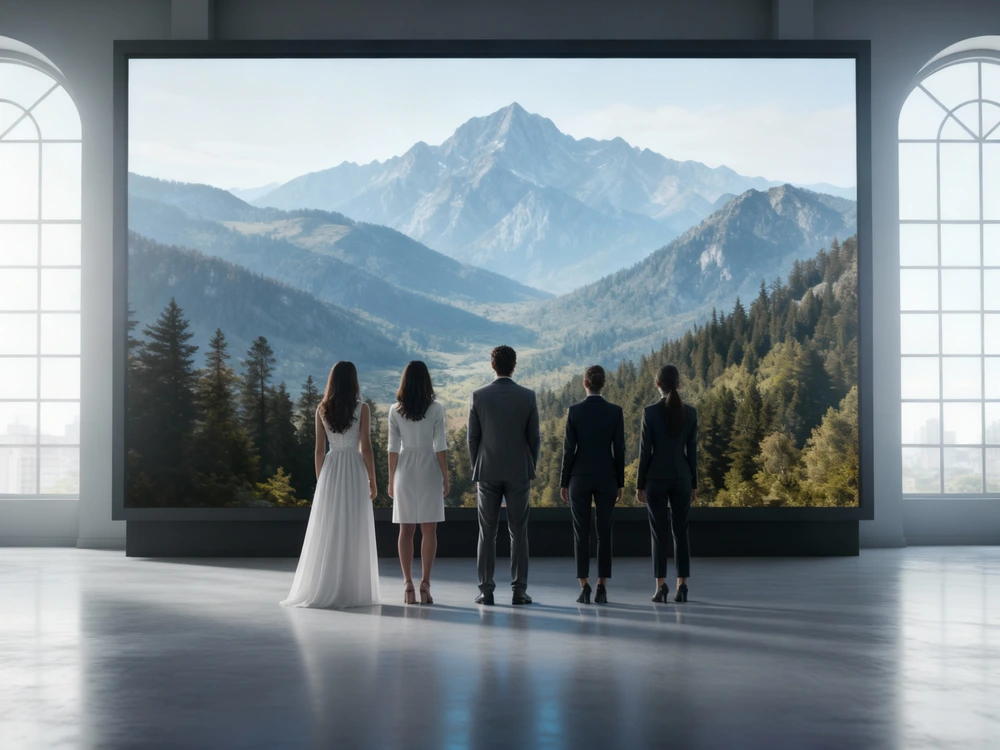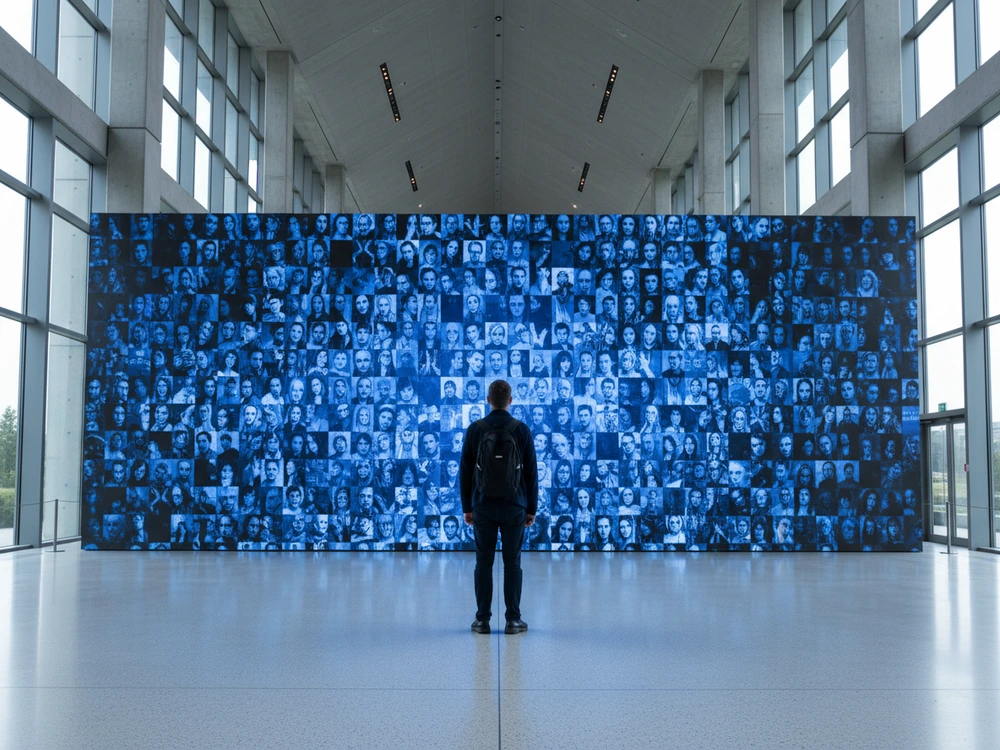How to Maintain Your LED Screen Display for Long-Lasting Performance
Introduction
Investing in an LED screen display is a great way to enhance your business’s advertising and communication strategies. However, to ensure its longevity, optimal performance, and cost-effectiveness, proper maintenance is essential. A well-maintained LED screen will not only last longer but also reduce repair costs and deliver consistently high-quality visuals over time.
Without regular maintenance, LED displays can suffer from dust buildup, overheating, software malfunctions, and weather damage. By implementing the best maintenance practices, you can protect your investment and maximize its efficiency.

Essential Maintenance Tips for LED Screen Displays
Maintaining an LED screen doesn’t have to be complicated, but it does require regular attention. Below are some key maintenance practices that will keep your LED display in top condition:
1. Regular Cleaning – Prevent Dust Buildup & Screen Damage
Keeping your LED screen clean is crucial for maintaining optimal brightness and performance. Dust and dirt can accumulate over time, affecting the screen’s visibility and potentially damaging its components.
Best Cleaning Practices:
- Use a soft, dry microfiber cloth to wipe the screen gently.
- Avoid using harsh chemicals or liquid cleaners, as they can damage the display.
- If necessary, use a damp cloth with a mild, screen-safe cleaner.
- Ensure the screen is powered off before cleaning to prevent electrical issues.
Example: In indoor environments, LED screens in shopping malls, conference rooms, and retail stores collect dust from the air. Without proper cleaning, dust buildup can affect color accuracy and brightness levels.

2. Power Management – Avoid Overheating with Proper Voltage Control
LED screens require stable power input to function efficiently. Fluctuations in voltage can cause overheating, reduce the display’s lifespan, and lead to expensive repairs.
Power Management Tips:
- Use a stable power source and voltage regulator to prevent electrical surges.
- Avoid keeping the LED display powered on continuously without breaks.
- Ensure proper cooling and ventilation to prevent overheating.
Example: Outdoor LED billboards that operate 24/7 need efficient power regulation to prevent excessive heat buildup, which can damage internal components over time.
3. Software Updates – Keep Firmware Updated for Enhanced Performance
Just like any other digital device, LED screens rely on software and firmware to function smoothly. Keeping your LED display software updated ensures:
- Improved performance with the latest optimizations.
- Bug fixes that prevent display malfunctions.
- New features that enhance content management.
Software Maintenance Checklist:
- Check for manufacturer-released updates regularly.
- Ensure content management software is updated to prevent glitches.
- Perform routine system checks to detect and resolve issues early.
Example: A retail store using an LED video wall for promotions might face software issues if firmware updates are not installed. Outdated software can cause flickering, content loading delays, and reduced responsiveness.
4. Weather Protection – Ensure Waterproofing for Outdoor Displays
Outdoor LED screens are exposed to rain, dust, heat, and humidity, making weatherproofing a critical maintenance factor. Proper protection against environmental factors prevents short circuits, screen malfunctions, and display deterioration.
Weatherproofing Measures:
- Install LED screens with IP65 or higher waterproof ratings for outdoor use.
- Use protective casings or enclosures to shield from direct sunlight and rain.
- Ensure proper drainage to prevent water accumulation inside display units.
- Regularly inspect seals and weatherproofing coatings for wear and tear.
Example: A stadium LED screen exposed to heavy rain and strong winds requires waterproofing and sturdy casing to ensure durability and long-term functionality.

Additional LED Display Maintenance Tips
Besides the primary maintenance practices, here are a few extra tips to further enhance the lifespan and performance of your LED display:
1. Avoid Prolonged Static Images
Displaying static images for extended periods can cause burn-in effects, reducing the screen’s lifespan. Instead:- Rotate and refresh content regularly.
- Use animated transitions to minimize strain on specific pixels.
2. Monitor Temperature & Humidity Levels
Extreme heat or humidity can affect LED displays, leading to performance issues. Ensure the environmental conditions match the manufacturer’s recommended specifications.
3. Perform Routine Inspections
- Regularly check for loose connections, dead pixels, or irregular color patches.
- Schedule professional maintenance checks every 6-12 months.
Conclusion
Maintaining an LED screen display is essential for ensuring consistent performance, longevity, and cost efficiency. By following these best practices:
- Regular cleaning prevents dust-related screen issues.
- Proper power management protects against overheating.
- Software updates ensure smooth functionality.
- Weatherproofing safeguards outdoor screens from environmental damage.
Implementing these maintenance strategies will keep your LED display in peak condition, providing high-quality visuals and maximizing return on investment. Whether used for indoor retail promotions or outdoor billboards, proper care and maintenance will ensure your LED display remains a valuable asset for years to come.
If you need expert LED screen maintenance solutions, contact a professional service provider to assist with inspections and upkeep.



